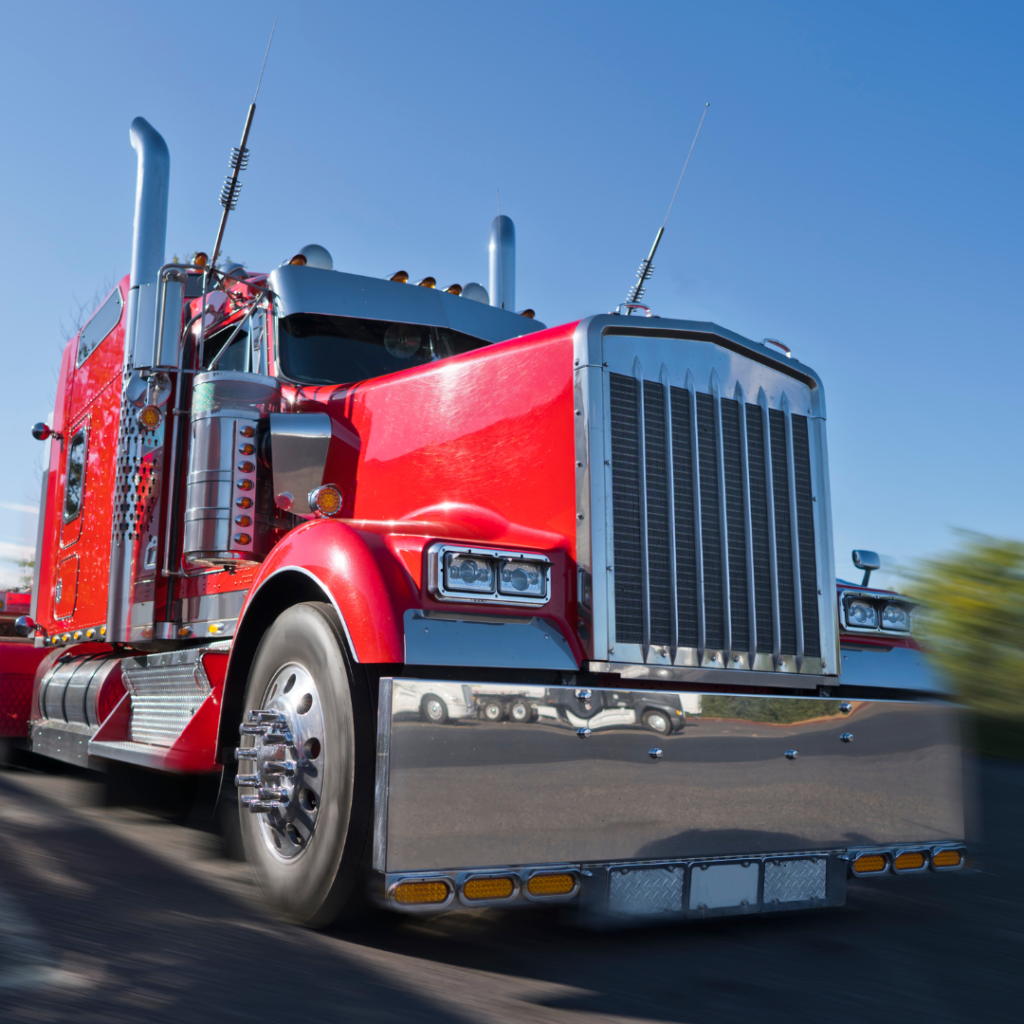April 11, 2024
Understanding The New DOL Rules: W-2 Employees vs. 1099

The Department of Labor (DOL) has thrown a curve ball introducing new rules, shaking up how we define W-2 employees versus 1099 contractors, effective since March 11th, 2024.
There have been a number of questions coming from our clients with Motor Carrier HQ about the new DOL rules. The DOL aims to bring clarity to a blurry landscape where workers’ classifications have been as unpredictable as a thunderstorm on the open road. Only time will tell if the change brings sunshine or more fog.
Let’s break it down.
In Short:
- The DOL issued new rules to determine WHO should be W2 Employees and WHO can be 1099 contractors. This is similar but different to the AB5 Law California passed in 2019.
- The new rules introduce six (6) factors that should be used to determine if someone is an employee or contractor.
1. Any opportunity for profit or loss a worker might have.
2. The financial stake and nature of any resources a worker has invested in the work.
3. The degree of permanence of the work relationship.
4. The degree of control an employer has over the person’s work.
5. Whether the work the person does is essential to the employer’s business.
6. Skills and initiative regarding the worker.
These rules aren’t exactly a crystal ball. For leased-on truck drivers, it’s like navigating a highway full of potholes. They don’t necessarily say one way or another whether a leased-on truck drivers are an independent contractor or a W-2 employee. More often than not, the status depends on the individual situation.
- Investment in a truck (factor 2) possession of a CDL (factor 6) lends themselves to independent status.
- Trucking being an integral part of the business (factor 5) lends to an employee designation
- The remaining factors depend on how the relationship between the company and the driver is established and could go either way.
Related: New Independent Contractor Rules Will Affect Owner-Operator Truckers
Related: What is the Best Business Structure for a Trucking Company
In Length:
Let’s talk about the background for a minute. It is very common in trucking for companies to hire drivers as Independent Contractor as opposed to W-2 Employees. In general Independent contractors get paid more but have more responsibility.
There have been accusations of abuse in a lot of industries the last 10 years or so that allege that employers are miscategorizing their employees in order to save money/reduce liability. As a result there have been calls for reform and a lot of back and forth between government and industry about who is independent and who is an employee.
California passed AB5 in 2019 to crack down on independent contractor designations but it has been mired in legal challenges and never really took effect. Fast forward to 2021, the DOL issued an independent Contractor Rule to determine who is independent and who is an employee. In January of this year (2024) the DOL issued new guidelines that supersede the 2021 rules.
Related: Department of Labor (DOL) FAQ’s
Impact On The Trucking Industry
The trucking industry is bracing for significant changes with the introduction of the new rule, which could potentially reclassify truckers from independent contractors to employees. This shift poses a challenge for trucking companies. Determining whether a trucker should be classified as an employee or an independent contractor becomes crucial, considering factors such as vehicle ownership, investment, and who’s calling the shots.
We think it will take a couple of years and a few court cases before the dust settles and we know for sure.
Related: Impact On The Trucking Industry
Resources:
Get To Know Driver Hours of Service Regulations


